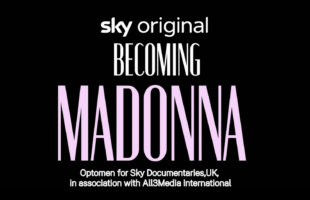The continued rise in sales of tablets and smart devices underlines the growing revenue opportunities from digital delivery of entertainment and media (E&M) and advertising to increasingly connected, and particularly mobile consumers, according to the annual Global Entertainment and Media Outlook 2012-2016 released by PricewaterhouseCoopers (PwC).
While the consumption of professional video content has never been more popular, consumers want more flexibility in how they access and pay for content, and are increasingly adept at incorporating the various elements of content and connectivity into their media consumption mix. Smart devices bring transformational opportunities across E&M segments, and contribute to a multi-channel, multi-content, multi-experience future – which the PwC report terms the ‘media hub’.
This ‘second screen’ reconciled the formerly conflicting goals of portability, access to content, on-demand capability, high-resolution and acceptable screen size, the PwC report says. Add social media capabilities, and it becomes an immersive personalised experience that content providers have to deliver, and deliver on a greater scale to meet this new demand of the increasingly connected consumer.
To engage and immerse consumers in this connected multi-screen future, E&M companies will need to understand their behaviours, motivations and expectations, as well as having access to information and such as location and transaction record. The raw material needed to build this understanding is now available at a previously inconceivable scale and depth – the trick is to mine and analyse it. Many companies are still feeling their way in how to generate real value from data, but the rising prominence and power of data analytics companies show they are committed to the task.
In a reflection of what the PwC report calls the ‘end of the digital beginning’, growth in digital E&M spending will continue to significantly outpace growth in the non-digital spending during the next five years.
Different segments are at different stages. Recorded music already has a well-developed digital market, and digital formats will account for 55% of spending in 2016. In contrast, digital paid circulation in consumer magazines will still account for just 6.5% of total circulation spending by that year.








